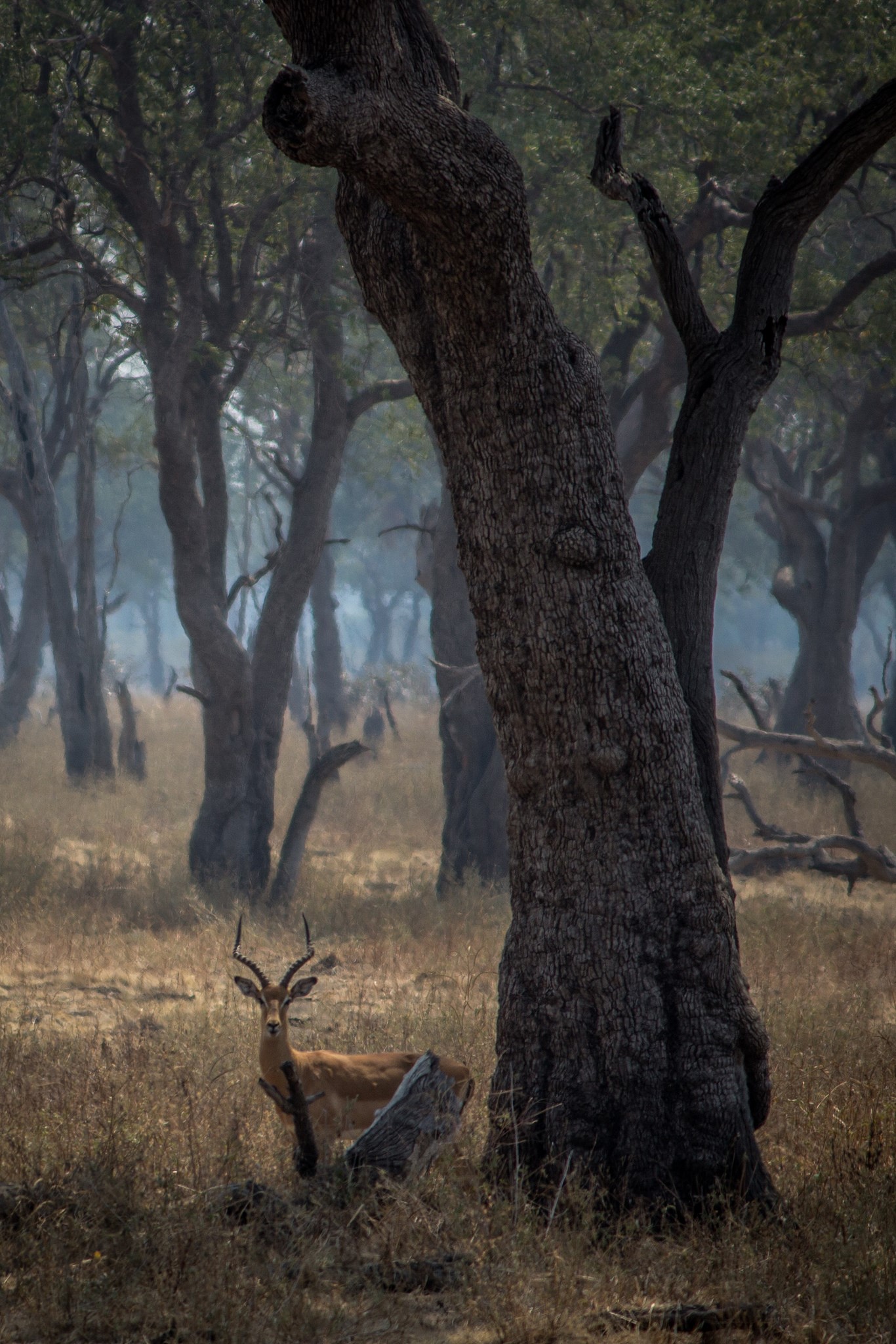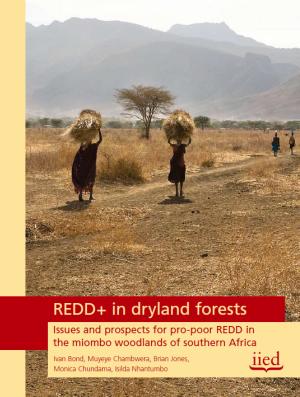Activity page

Zambia Forest Sector Analysis
CHALLENGE
Forests and related resources in Zambia represent the lifeline of rural economies and daily subsistence. The forest sector currently contributes about 5.2% to the country’s GDP, and provides formal and informal employment to about 1.1 million people. The Government of Zambia seeks to manage and enhance forest products and services in order to mitigate climate change, boost income generation, poverty reduction and job creation, and protect biodiversity.
However, Zambia currently lacks the support to effectively tap into the value of forest ecosystem services. For meaningful engagement with the government and other partners to take place, it is imperative to have a better understanding of the forest sector. This activity will support thatanalysis.
APPROACH
This activity will support efforts to strengthen Zambia’s course of action towards forest protection for livelihoods, environmental benefits, and the national economy. The main components are:
- Understanding forests’ contribution to rural livelihoods and the national economy: This component will fill a major knoweldge gap by delving into the importance of forests for improving livelihoods and poverty reduction, and their contributions directly to the economy and through other sectors. A key output will be a synthesis of forest contributions to livelihoods and national economy, including projected values based on current deforestation rates.
- Spatial assessment of the drivers of deforestation and forest degradation: In Zambia, deforestation and forest degradation is closely linked to development activities in the agricultural, transportation, energy, and extractive sectors. This component will assess forest loss by sector, with the goal of influencing relevant policy issues
- Forest smart management interventions: This component will chart a way forward for the World Bank’s engagement with Zambia on forestry and related sectors. The activity will produce a forward-looking synthesis of discussion points to position, as well as private sector guidelines to support rural livelihoods based on forest and forest products.
RESULTS
This activity is ongoing. The preliminary findings from the initial report indicate that the forest sector in Zambia is plagued with challenges linked to deforestation, institutional and legal lapses, land use change and competing land uses, forest diseases, lack of public and private sector investments, and lack of enough qualified to sustainably manage forests. The findings also indicate illegal logging of native species of high economic value, such as mukula, for international markets, involving a complex network of interest groups and individuals. These include individuals, traditional chiefs, government workers, and Chinese nationals. Illegal logging in rosewood alone leads to staggering losses of about US$3.2 million in revenue and estimated bribes paid to state officials of about US$1.7 million. In general, the deforestation annual rate, estimated at 250,000–350,000 hectares, results in an annual loss of US$500 million in natural capital stock.
These preliminary findings put a spotlight on the potential contribution of the forest sector to rural livelihoods and national economy and suggest areas that should be prioritized to ensure smart-forest management interventions. At this stage, the findings are in tune with the project’s contribution to the broader development goals.
The initial report with preliminary findings as indicated above has been shared with the Forest Department for their review, and a review meeting has already been scheduled with the Bank Group. During this reporting period, the collaboration with the Forest Department has been a noteworthy aspect in the execution of the project. Given the level of commitment and collaboration, undoubtedly, the forest knowledge products and outcomes of this project hold potential to influence policy to contribute to general improved social and environmental outcomes of the forest sector in Zambia.
More findings will be shared on this page when they become available.
For stories and updates on related activities, follow us on twitter and facebook , or subscribe to our mailing list for regular updates.
Last Updated : 06-16-2024

Preparing for REDD+ in Dryland Forests
CHALLENGE
Approximately 100 million people live in the miombo region which covers 11 countries of eastern and southern Africa. About 75 million of them are poor and rely on woodlands, characterized by poor soils, as a resource and a safety net in times of stress.
Although exploitation of the woodlands for agriculture, timber and energy (fuelwood) has not contributed to widespread poverty alleviation, conservation of the woodlands would have opportunity costs for land managers and users that need to be taken into account. To change the behavior of farmers, payments for avoided deforestation and degradation (REDD+) will have to match or exceed the benefits from other land uses.
APPROACH
Drawing on lessons from two decades of successful community-based natural resource management in the miombo region, as well as cases studies in Namibia, Mozambique and Zambia, the International Institute for Environment and Development (IIED) explored the opportunities for pro-poor REDD+ payments.
PROFOR supported this research, in-country consultations and related workshops led by country experts, to facilitate stakeholders’ awareness of the application of REDD+ payments in the national and regional context and different options for maximizing pro-poor returns and to contribute to to a better understanding of REDD+ in the run-up and aftermath of the UNFCC meeting in Copenhagen in December 2009.
RESULTS
Efforts to reduce deforestation in the miombo region will only be successful if:
1. Rights to land, resources and carbon are clarified and reside with farmers and communities.
2. There are legal and policy frameworks in place that value and reward land uses other than agriculture.
3. Payments made exceed the benefits that would accrue to farmers from
alternative land uses including agriculture; timber and energy (charcoal).
4. Implementation allows communities, local government and supporting
organizations to adapt activities to meet local conditions.
5. Implementation recognizes the potentially severe impacts of climate change on ecosystems agriculture and livelihoods in the region.
6. Underlying governance challenges that exist at all levels are addressed.
For stories and updates on related activities, follow us on twitter and facebook , or subscribe to our mailing list for regular updates.
Author : IIED
Last Updated : 06-16-2024








